- In Stock
- Sold by Newegg
- Make an Offer
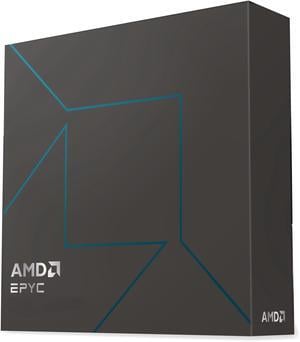
- Brand: AMD
- Name: EPYC 4585PX
- CPU Socket Type: Socket AM5
- Thermal Design Power: 170W
- Model #: 100-100001561WOF
- $719.99
- $709.99 –
- More options from $709.99 - $863.48
- Free Shipping
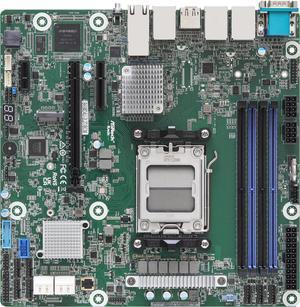
- Brand: AsRock Rack
- CPU Socket Type: Single Socket AM5 (LGA 1718)
- CPU Type: Supports AMD EPYC 4004 and AMD Ryzen 8000/7000 Series Processors
- Number of Processor Support: 1
- Model #: B650D4U-2L2T/BCM
- $489.00
- $404.00 –
- Save: $85.00 (17%)
- More options from $404.00 - $539.99
- Free Shipping
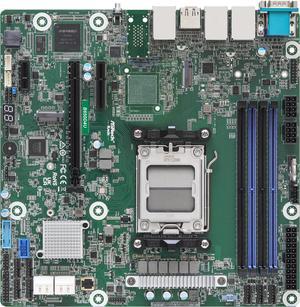
- Brand: AsRock Rack
- CPU Socket Type: Single Socket AM5 (LGA 1718)
- CPU Type: Supports AMD EPYC 4004 and AMD Ryzen 8000/7000 Series Processors
- Number of Processor Support: 1
- Model #: B650D4U
- $359.00
- $274.00 –
- Save: $85.00 (23%)
- More options from $274.00 - $365.76
- Free Shipping
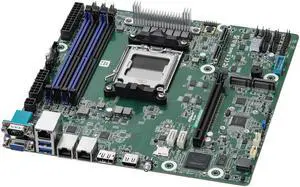
- Brand: AsRock Rack
- CPU Socket Type: Socket AM5
- CPU Type: AMD EPYC 4004 Series / AMD EPYC 4005 Series / AMD Ryzen 7000 Series / AMD Ryzen 8000 Series / AMD Ryzen 9000 Series
- Number of Processor Support: 1
- Model #: EPYC4000D4U
- $339.00
- $279.00 –
- Save: $60.00 (17%)
- Free Shipping
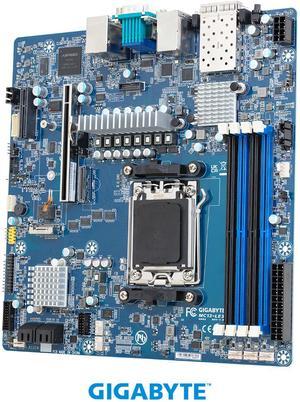
- Model #: MC13-LE3
- $549.99
- $499.99 –
- Save: $50.00 (9%)
- Free Shipping
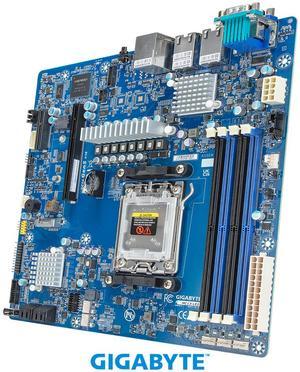
- Brand: GIGABYTE
- CPU Socket Type: Socket AM5
- CPU Type: AMD EPYC 4004 Series / AMD Ryzen 7000 Series / AMD Ryzen 9000 Series
- Number of Processor Support: 1
- Model #: MC13-LE1
- $429.99
- $388.99 –
- Save: $41.00 (9%)
- More options from $388.99 - $591.41
- Free Shipping

- Brand: AMD
- Name: EPYC 4545P
- CPU Socket Type: Socket AM5
- Thermal Design Power: 65W
- Model #: 100-100001764WOF
- $576.99
- $549.99 –
- More options from $549.99 - $667.20
- Free Shipping
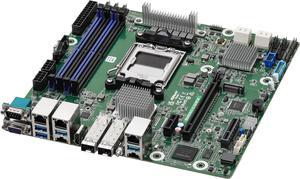
- Brand: AsRock Rack
- CPU Type: Supports AMD EPYC 4004 and AMD Ryzen 9000/8000/7000 Series Processors
- Number of Processor Support: 1
- CPU Features: Thermal Design Power Up to 170W by proper cooling solution
- Model #: B650D4U3-2L2Q/BCM
- $477.00 –
- Free Shipping

- Brand: AMD
- Name: EPYC 4245P
- CPU Socket Type: Socket AM5
- Thermal Design Power: 65W
- Model #: 100-100001555WOF
- $349.99 –
- More options from $265.99 - $349.99
- Free Shipping
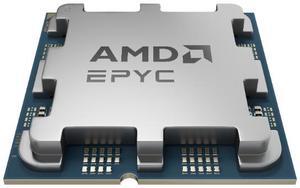
- # of Cores: 16-Core
- Series: AMD EPYC 4005
- L3 Cache: 64MB
- # of Threads: 32
- Model #: 100-000001559
- $619.99 –
- More options from $619.99 - $702.26
- Free Shipping

- Brand: AMD
- Name: EPYC 4465P
- CPU Socket Type: Socket AM5
- Thermal Design Power: 65W
- Model #: 100-100001558WOF
- $459.99
- $421.99 –
- Save: $38.00 (8%)
- More options from $421.99 - $518.93
- Free Shipping
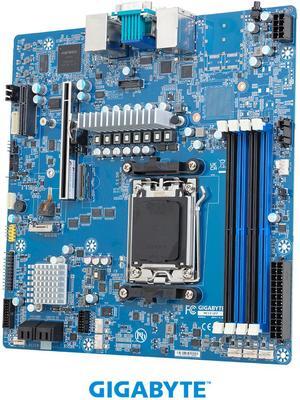
- Model #: MC13-LE2
- $347.99
- $308.99 –
- Save: $39.00 (11%)
- Free Shipping
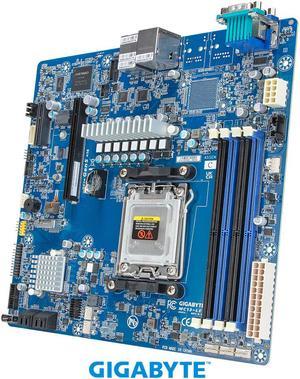
- Brand: GIGABYTE
- CPU Socket Type: Socket AM5
- CPU Type: AMD EPYC 4004 Series / AMD Ryzen 7000 Series / AMD Ryzen 9000 Series
- Number of Processor Support: 1
- Model #: MC13-LE0
- $359.99
- $319.99 –
- Save: $40.00 (11%)
- More options from $319.99 - $383.93
- Free Shipping

OUT OF STOCK
- # of Cores: 12-Core
- Series: AMD EPYC 4005
- L3 Cache: 64MB
- # of Threads: 24
- Model #: 100-000001558
- $457.99 –
- More options from $457.99 - $507.63
- Free Shipping

- # of Cores: 16-Core
- Series: AMD EPYC 4005
- L3 Cache: 128MB
- # of Threads: 32
- Model #: 100-000001561
- $699.00 –
- More options from $699.00 - $830.31
- Free Shipping
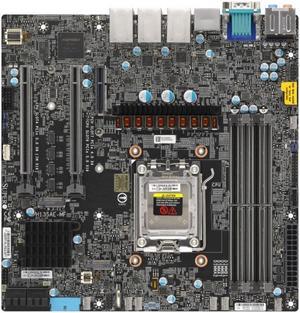
- Brand: SUPERMICRO
- CPU Socket Type: Single Socket LGA-1718 (Socket AM5) supported
- CPU Type: AMD Ryzen 7000 Series
- Number of Processor Support: 1
- Model #: MBD-H13SAE-MF-O
- $549.00 –
- More options from $491.44 - $699.99
- Free Shipping
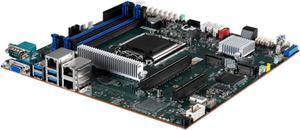
- Brand: MSI
- CPU Socket Type: (1) AMD Socket AM5
- CPU Type: Single AMD Ryzen 7000 Series Processor, up to TDP 170W
- Number of Processor Support: 1
- Model #: 919-S3361-003
- $363.99
- $243.99 –
- Save: $120.00 (32%)
- Free Shipping
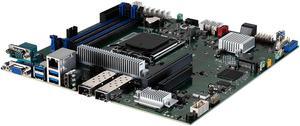
- Model #: 919-S3661-03S
- $488.06 –
- More options from $488.06 - $661.01
- Free Shipping

- Brand: MSI
- CPU Socket Type: (1) AMD Socket AM5
- CPU Type: Single AMD Ryzen 7000 Series Processor, up to TDP 170W
- Number of Processor Support: 1
- Model #: 919-S3361-002
- $493.10 –
- More options from $452.99 - $622.94
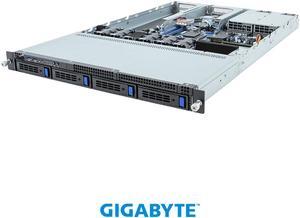
- Workload: General Purpose Server
- CPU Type: AMD Ryzen 7000 Series
- Model #: R133-C13-ACB1
- $1,535.99 –
- Free Shipping
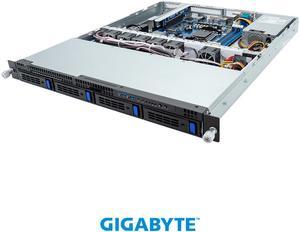
- Brand: GIGABYTE
- Form Factor: 1U
- Workload: General Purpose Server
- CPU Type: AMD Ryzen 7000 Series
- Model #: R123-C00-AA01
- $929.99
- $782.59 –
- Save: $147.40 (15%)
- Free Shipping
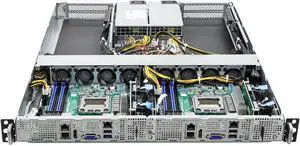
- Brand: ASRock Rack
- Form Factor: 1U Rackmount
- Workload: General Purpose Server
- CPU Type: Supports AMD EPYC 4005/4004 and AMD Ryzen 9000/8000/7000 Series Processors
- Model #: 1U2N2G-AM5/2T
- $2,785.99 –
- Free Shipping
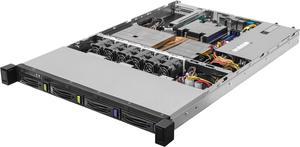
- Brand: ASRock
- Part Number: 1U4L2E-B650 RPSU
- Form Factor: 1U Rackmount
- Workload: General Purpose Server
- Model #: 1U4L2E-B650 RPSU
- $1,558.99 –
- Free Shipping
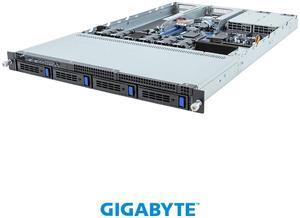
OUT OF STOCK
- Model #: R133-C13-ACB1-L1
- $1,389.75 –
- $34.44 Shipping
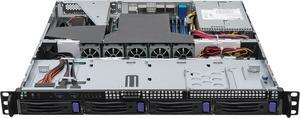
OUT OF STOCK
- CPU Type: Supports AMD Ryzen 7000 series Processors
- Memory Slots: 4 x DIMM slots (2DPC) DDR5 288-pin ECC/non-ECC UDIMM
- Max Memory Supported: 198GB, Max. Capacity per DIMM (48GB)
- PCI: 1 x FH PCIe4.0 x16 via RB1UX16_G4
- Model #: 1U4LW-B650/2L2T RPSU
- $1,287.99 –
- Free Shipping

OUT OF STOCK
- Brand: AMD
- Name: EPYC 4565P
- CPU Socket Type: Socket AM5
- Thermal Design Power: 170W
- Model #: 100-100001559WOF
- $749.99 –
- More options from $667.84 - $749.99
- Free Shipping
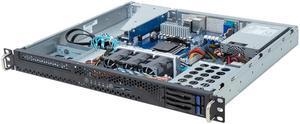
OUT OF STOCK
- Brand: GIGABYTE
- Form Factor: 1U Rackmount
- Workload: General Purpose Server
- CPU Type: Supports AMD EPYC 4005 Series, AMD EPYC 4004 Series, AMD Ryzen 9000 Series, AMD Ryzen 7000 Series Processors
- Model #: R113-C10-AA01
- $659.99 –
- Free Shipping

OUT OF STOCK
- Brand: AMD
- Name: EPYC 4345P
- CPU Socket Type: Socket AM5
- Thermal Design Power: 65W
- Model #: 100-100001556WOF
- $449.99 –
- More options from $370.99 - $629.94
- Free Shipping

OUT OF STOCK
- # of Cores: 16-Core
- Series: AMD EPYC 4005
- L3 Cache: 64MB
- # of Threads: 32
- Model #: 100-000001764
- $579.99 –
- More options from $579.99 - $655.35
- Free Shipping

OUT OF STOCK
- # of Cores: 8-Core
- Series: AMD EPYC 4005
- L3 Cache: 32MB
- # of Threads: 16
- Model #: 100-000001556
- $329.00 –
- More options from $329.00 - $391.82
- Free Shipping

OUT OF STOCK
- # of Cores: Six-Core
- Series: AMD EPYC 4005
- L3 Cache: 32MB
- # of Threads: 12
- Model #: 100-000001555
- $239.00 –
- Free Shipping
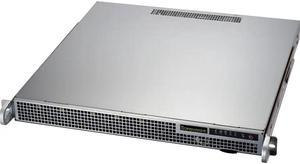
OUT OF STOCK
- Workload: Edge Server
- CPU Type: AMD Ryzen 7000 Series
- Model #: AS-1015A-MT
- $1,046.00 –
- Free Shipping
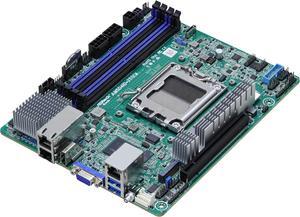
OUT OF STOCK
- CPU Type: AMD Ryzen 7000 Series
- Model #: AM5D4ID-2T/BCM
- $424.00 –
- More options from $329.31 - $460.21
- Free Shipping
| Buying an AMD EPYC 4005 | |
|---|---|
Understanding the AMD EPYC 4005The AMD EPYC 4005 is part of AMD’s EPYC 4000 series, designed for entry-level servers and edge applications. Built on a 7 nm process, the EPYC 4005 features 8 cores and 16 threads, with a base clock of 2.0 GHz and a maximum boost of 3.0 GHz. Its single-socket design offers up to 64 lanes of PCIe 4.0 connectivity, enabling high-bandwidth networking and storage options. With a 120 W TDP, this processor balances performance and power efficiency for tasks such as virtualization, web hosting, and lightweight database workloads. Key technical details include 64 MB of L3 cache, DDR4-3200 support in dual-channel mode (up to 3200 MT/s), and integrated Infinity Fabric for coherent memory access across chiplets. When selecting a compatible motherboard, look for server boards with SP3 sockets, support for ECC memory, and robust VRM designs to ensure stability under sustained loads. Popular board partners include Supermicro , ASRock , which offer a range of options for 1U, 2U, and tower chassis. Before purchasing, verify compatibility with your chassis—many EPYC 4005 motherboards require specific rear I/O layouts and cooling profiles. Standard air-cooled heatsinks supporting SP3 sockets are widely available. If you plan to deploy the EPYC 4005 in a dense rack , consider passive heatsink solutions with direct-to-chassis airflow. For current listings, visit Newegg’s AMD EPYC 4005 category. Filter by seller ratings and review counts to find models with reliable shipping and support. Once you receive your shipment, follow the manufacturer’s installation guide to seat the CPU , install compatible ECC DDR4 DIMMs, and configure the BIOS. |
Getting the Most Out of Your EPYC 4005After installing the EPYC 4005, update your BIOS/UEFI to the latest version provided by the motherboard manufacturer. This ensures full support for memory speed and power management features. Enable “Secure Boot” and verify that your operating system—whether it’s a Linux distribution or Windows Server—recognizes the processor and all installed memory. For Linux deployments, confirm that you’re using a kernel version that supports EPYC 4000-series optimizations. To optimize performance, configure BIOS settings for NUMA mode and PCIe bifurcation if you’re using NVMe RAID or high-port network adapters. Adjust power profiles to “Performance” for maximum throughput in virtualization or database tasks. Monitor core temperatures with IPMI utilities or motherboard-provided software; if you notice sustained high temperatures, improve chassis airflow or switch to higher-capacity fans. FAQs about the AMD EPYC 4005
|




